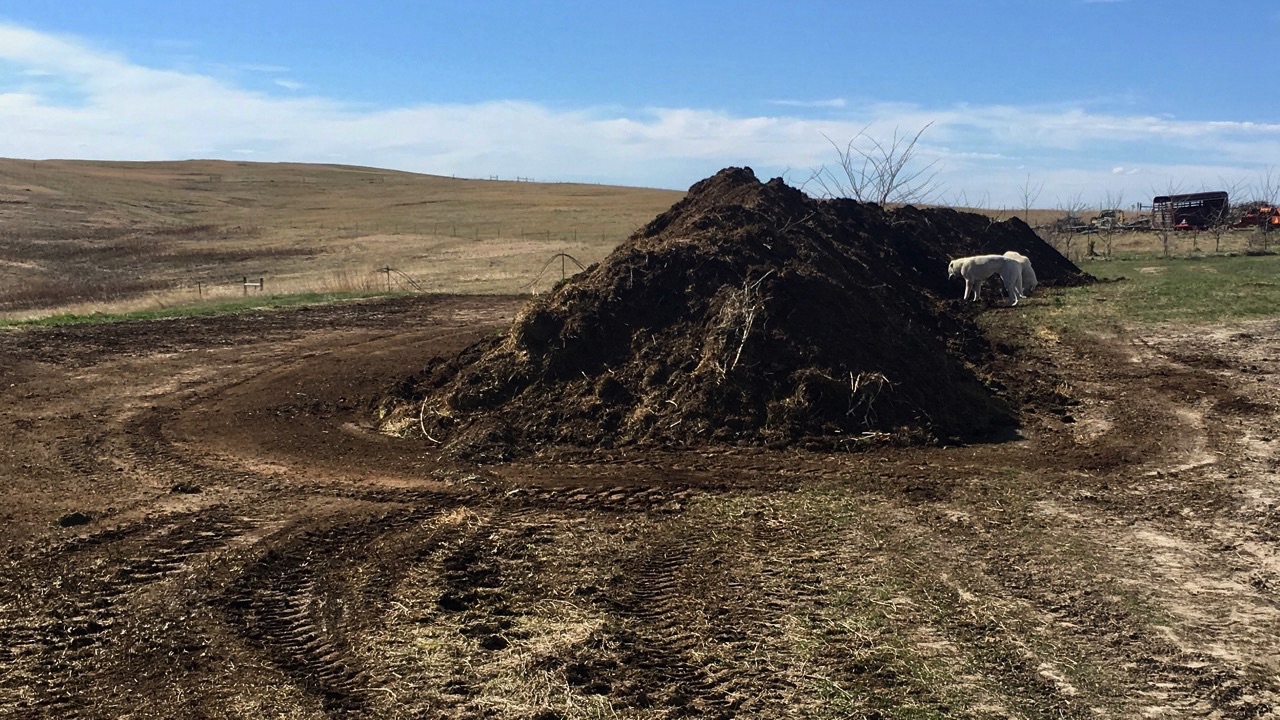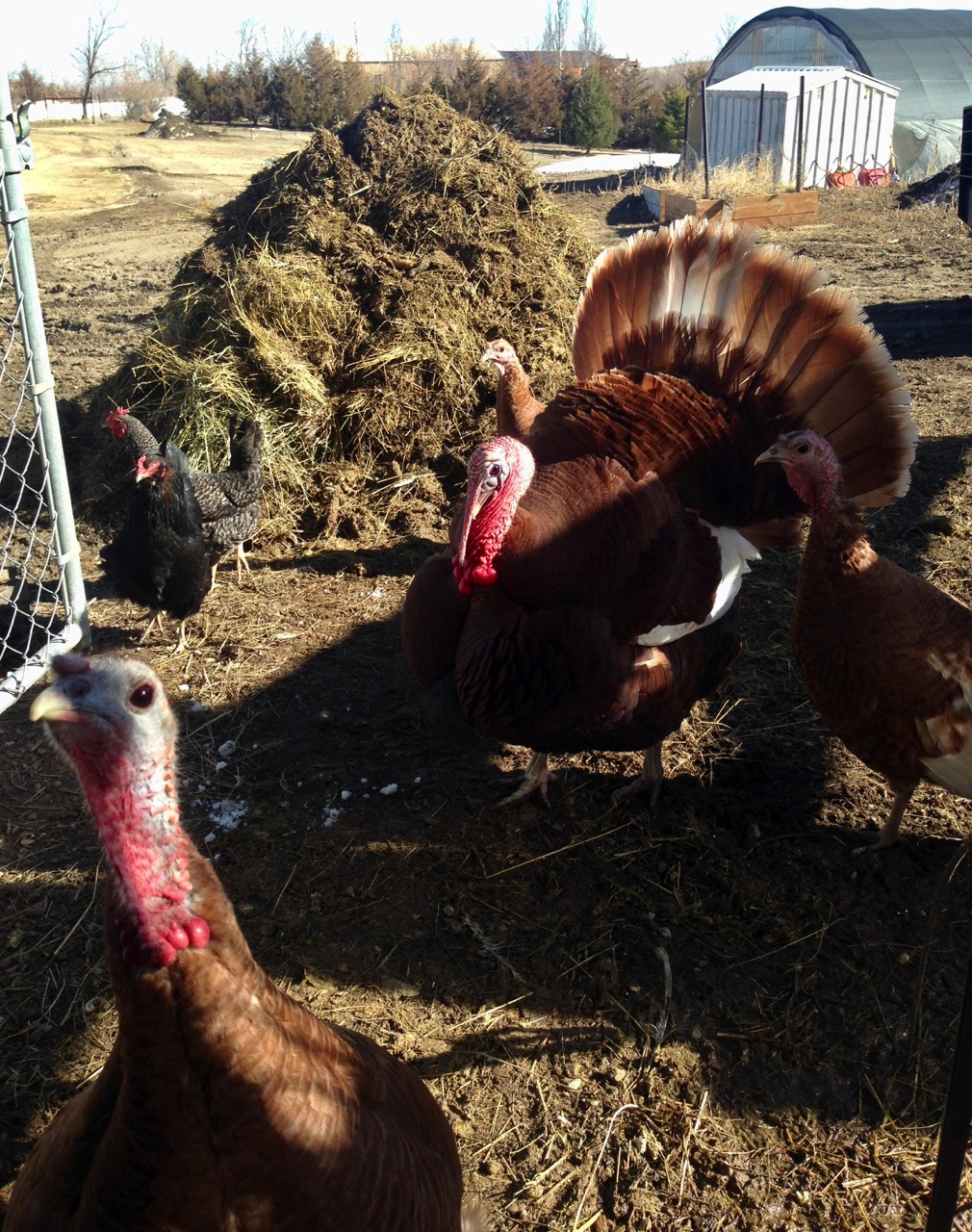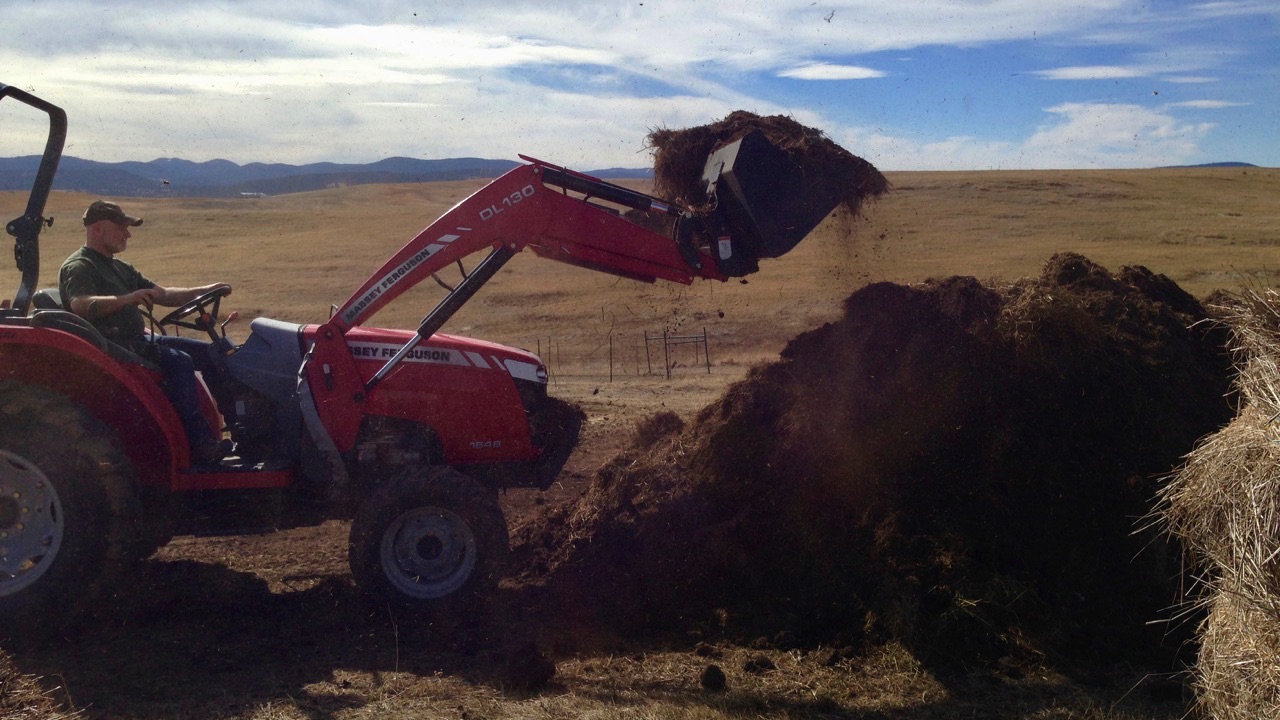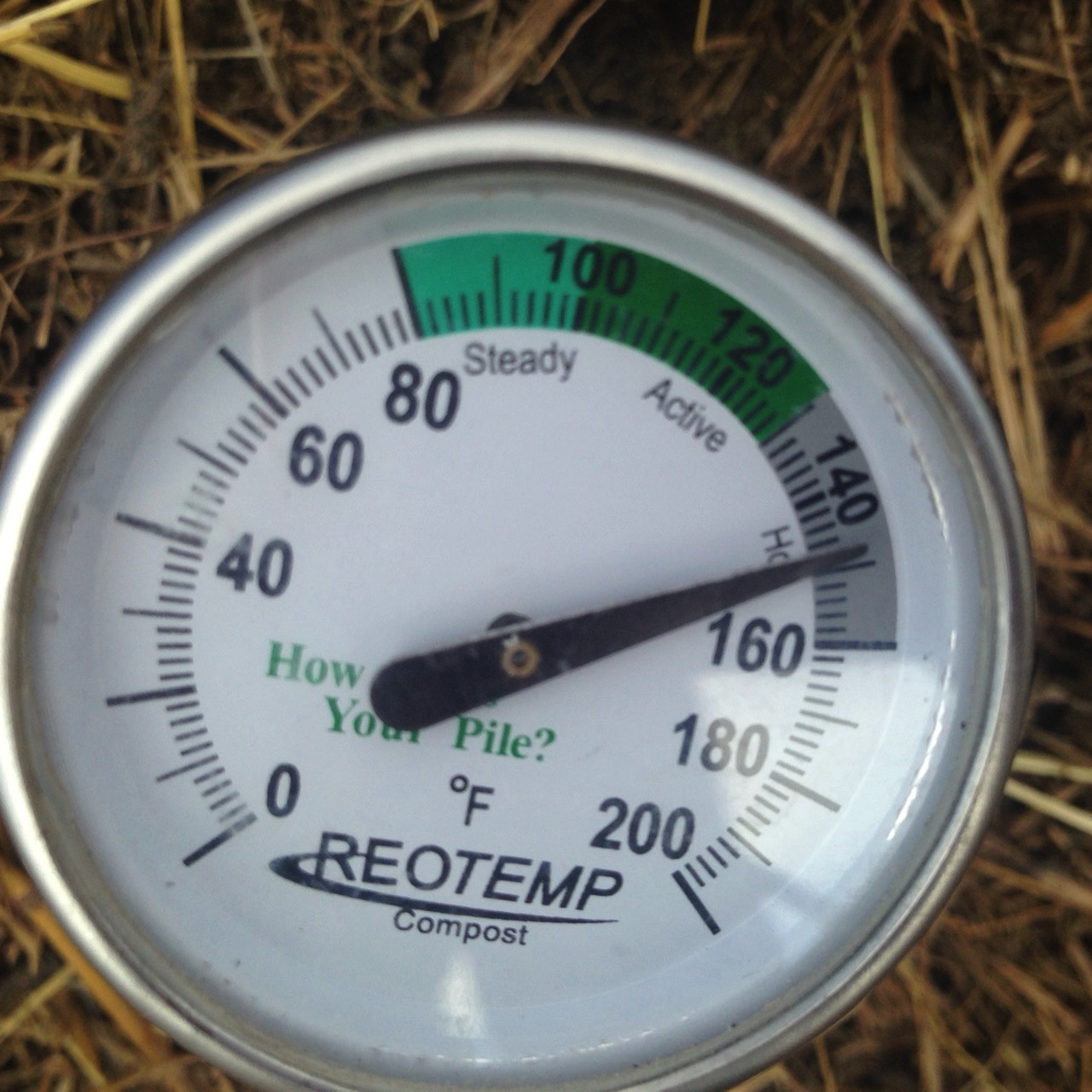First, A generic definition of "compost":
Organic matter that has been decomposed in a process called composting. This process recycles various organic materials otherwise regarded as waste products and produces a soil conditioner (the compost). Compost is rich in nutrients. It is used, for example, in gardens, landscaping, horticulture, urban agriculture, and organic farming. The compost itself is beneficial for the land in many ways, including as a soil conditioner, a fertilizer, the addition of vital humus or humic acids, and as a natural pesticide for soil. In ecosystems, compost is useful for erosion control, land and stream reclamation, wetland construction, and landfill cover (see compost uses).
At the simplest level, the process of composting requires making a heap of wet organic matter (also called green waste), such as leaves, grass, and food scraps, and waiting for the materials to break down into humus after months. However, composting also can take place as a multi-step, closely monitored process with measured inputs of water, air, and carbon- and nitrogen-rich materials. The decomposition process is aided by shredding the plant matter, adding water, and ensuring proper aeration by regularly turning the mixture when open piles or "windrows" are used. fungi, earthworms, and other detritivores further break up the material. Bacteria requiring oxygen to function (aerobic bacteria) and fungi manage the chemical process by converting the inputs into heat, carbon dioxide, and ammonium.




